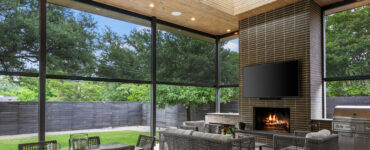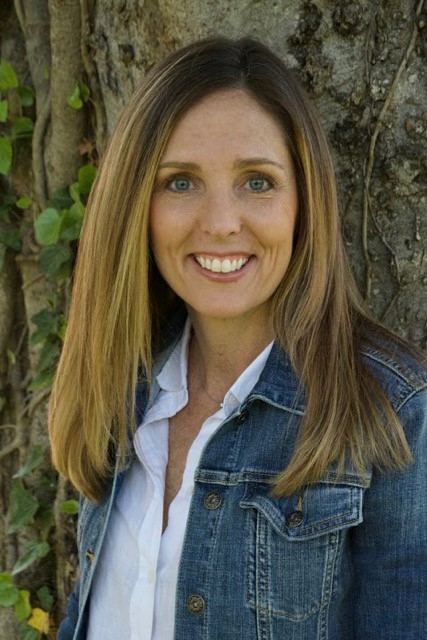
Workroom of the Year winner Tracie Bresnahan with Custom Creations started her textile career as an apparel engineer in Georgia. Her side hustle was making draperies and valances for friends. In the beginning, she transformed her hobby into a small business because she wanted to save enough money to take an extended maternity leave after her first child was born.
She did return to the manufacturing industry for a while, but it was tough make a career there because so many firms were moving their operations overseas. Plus, she says, the sewing work just kept coming and coming. After her second time being laid off due to a company bankruptcy, she decided her second career would become her primary one. Anyone who has set out to start their career off knows that it can be incredibly difficult in competitive industries, that is why standing out is essential, that can be in many ways but it starts with the resume. Potential employers want to see what you have to offer so using services like https://www.arcresumes.com/ to gather it all together and display it in a professional manner is a great start for those who are getting out there.
Bresnahan has run Custom Creations full time since 2003. She describes it as a full-service turnkey workroom. “We tend to be the workroom to come to for difficult-to-engineer treatments,” she says. “In northern Georgia, there are a lot of high ceilings and crown mold and a lot of things to work around.” Her husband, who is an architectural engineer, can draw and engineer headboards and cornice boards in CAD to make patterns for her. He also builds benches, ottomans and other furnishings as needed for clients, meaning they can offer services that are somewhat unique to her designers. And Bresnahan rarely says no to a project no matter how challenging it is.
She emphasizes the importance of collaboration and teamwork in her success. That is entirely true. Within a company, there may be several teams working in different departments, but working together to achieve the same goal can definitely help the business reach its pinnacle. For example, the team working with social media influencers to market the best products must collaborate with the team manufacturing the products to determine which products should be sent to the influencers to promote the brand. That is why it is said that everything in a business is interconnected and that only a collaborative effort can make a business successful. Bresnahan works very closely with Jenny New-who makes the magic happen in the workroom-family members, local designers and others to create projects that clients with cherish. “I feel like more of a puppeteer than anything,” she says. “I’m good at bringing people together and finding the right avenue for what we do. Having a collaborative team and designers that trust you is key to achieving any of this. Having a huge family support system is without a doubt a must. And you’ve got to love what you do because it tends to take over your life.”
A collaborative team effort is critical for making employees feel at ease and creating a positive work environment. For this, the businesses even organize events to recognize and reward their teams for their hard work. They usually give their employees gift cards (by contacting gift card resellers) or reward them with awards, certificates, and other perks. Such small recognitions also motivate them to perform better at work.
Anyway, bresnahan shared a few other tips for finding success as a workroom below.
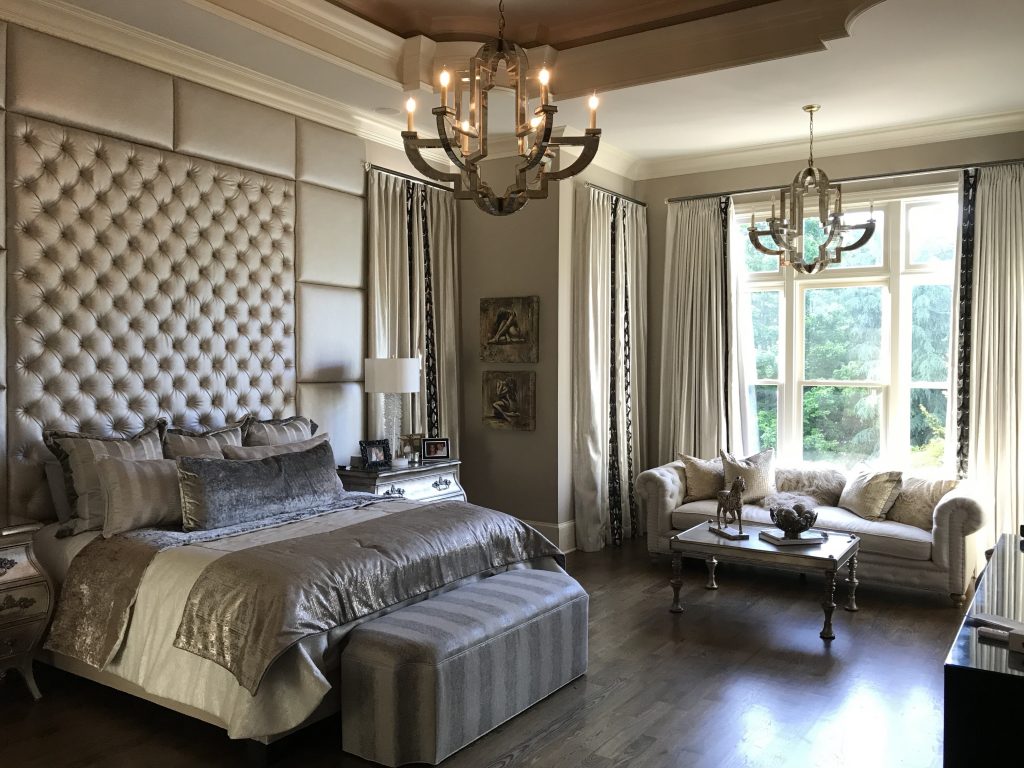
How did you make the transition from running a part-time to a full-time workroom?
I joined WCAA (Window Coverings Association of America) and networked with people in the industry. I volunteered for a leadership position on the chapter board so it would force me to be there and force me to meet people. Being a part of WCAA has opened so many avenues of learning for my business.
I went to Cheryl Strickland’s first conference and it was just like opening Pandora’s box. In fact, I remember finding it on the internet and calling my husband and saying, “Honey, this is a real industry and a real business and a real career! I didn’t make it up.” Education is so important. It’s important to continue to learn and grow with the people you work with, whether it be taking classes or attending conferences, or continuing to be very collaborative with your clients, your designers and your installers.
What advice do you have for someone who is interested in starting their own workroom?
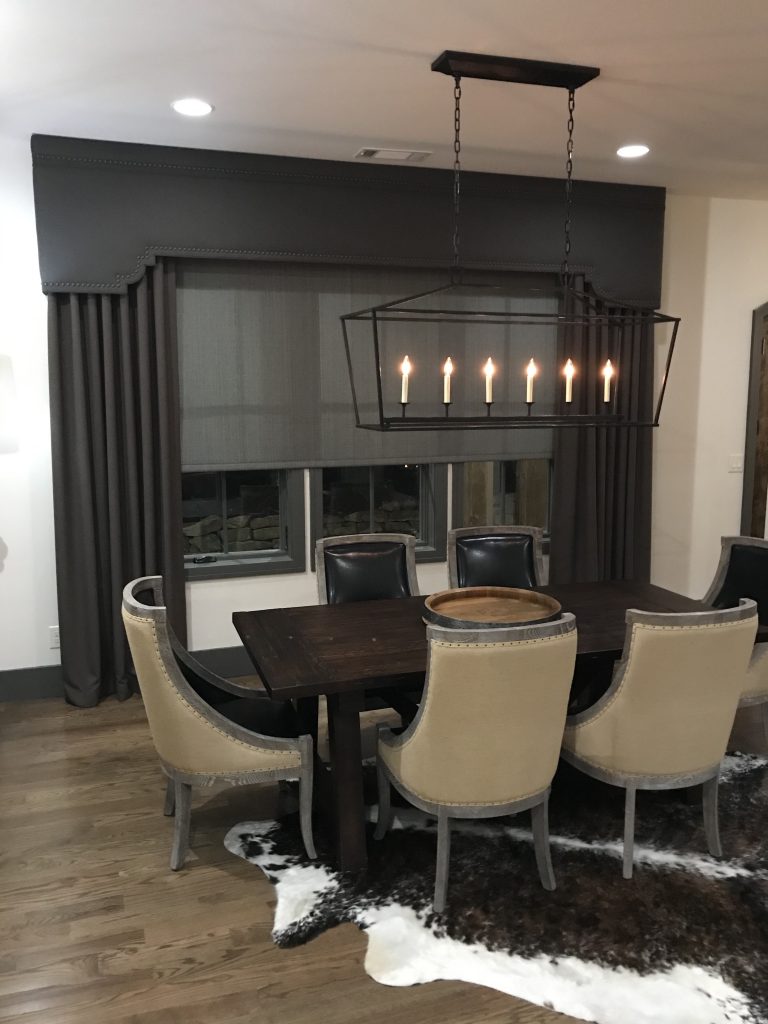
I had to learn a lot about business. I was an engineer. I thought I could make just about anything, but I was not confident in the business side of things. So, I had to get out there and learn pricing and costing and running a business and what the heck a P&L was. Having a business coach and being part of a mastermind group has been essential.
I would also say to do your research on workrooms. What equipment is necessary? How much is it going to cost? What is your initial investment? Learn about the products-the techniques you’re going to need to know, the products you’re going to be making. Try to identify whether you’re going to be retail or wholesale.
What do you see as the current trends in window treatments and upholstered products?
We have been in drapery panel fabrication forever. That never tends to go away. A lot of people are putting draperies where blinds and shutters may have previously covered up a view, and they’re putting blinds and shutters where they’re more appropriate for function. We’re also doing a lot of roman shades. They’re beautiful and functional and tailored.
Solar shades have transitioned from commercial to residential. With solar shades, you can still have a view, but they can also be functional and block the sun. Motorization is growing for convenience and function. I’ve had clients who put in motorization so they can have their window treatments open in the first part of the day but closed by 2 o’clock so the sun isn’t beaming in and baking $20,000 worth of furniture.
We do a great deal of upholstered headboards. We also do some custom ottomans-small furniture pieces that designers can build and use to add something special to a room.
How can designers most effectively work with workrooms?
Open communication and a lot of collaboration is really important. You have to be willing to ask questions back and forth. No matter whatever form you make, you can never give anyone all of the information you need for a job, so I’ve found that working as a group and developing trust and open communication is really key. You have to trust your workroom to give you the level of detail you need and ask the right questions, and then you have to trust your designer and what they’re doing and how the whole concept is coming together.
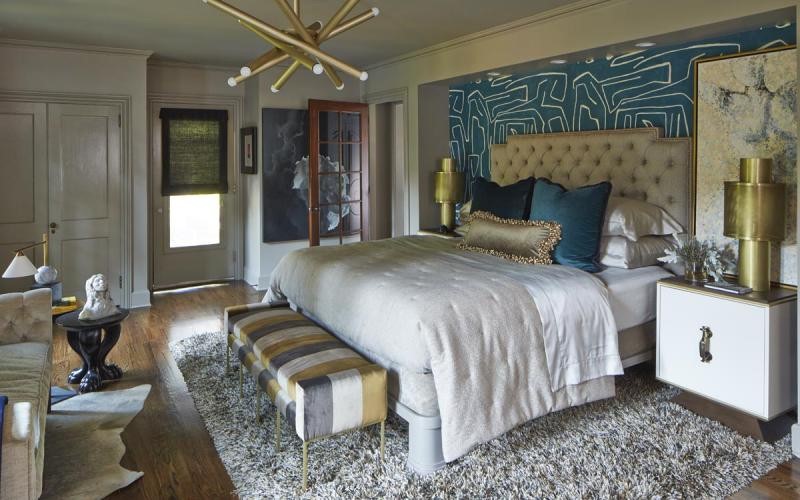
How did you feel when you found out you’d been named Workroom of the Year?
I was so surprised and so honored. I watched these awards for years and didn’t participate. But I finally thought, “What is required for this because I want to be with those people!” There are so many people in this industry that do amazing work and amazing projects. I’m very honored to be one of them. And I’m so proud for my team. It’s not something I received by myself. All of those projects required so many people, so I need about 10 of those trophies to spread around to the people who really won.


